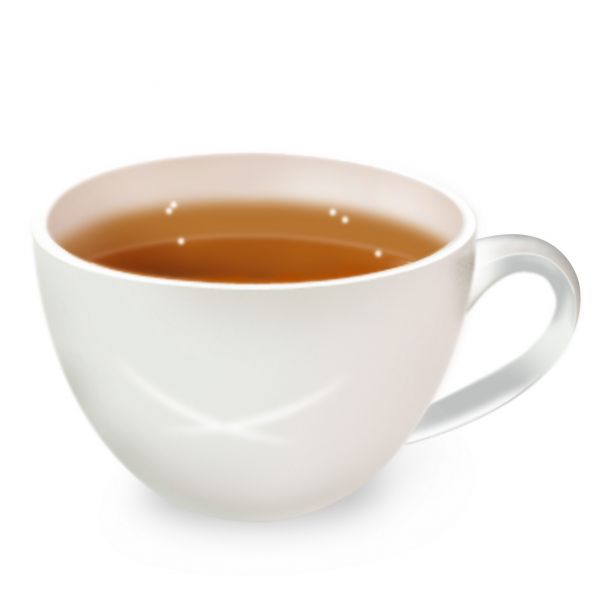A tea cup, 5' tall and 35" wide sounds more like a vase, as a tea cup is as wide as it is tall:
A door? Do one of the children go inside the tea cup? If not, it needs to access what?
A handle strong anough to hold onto? Will they hold the cup by the handle? Will they just grasp the handle as the dance around it? Does it need to support weigth like a stripper pole?
Sorry for so many questions, but I am just trying to understand the task.
My first thought is to make in foam, either EPS, or the pink insulation foam sheet stock.
CAUTION, ON COMING MATH! 5' tall, and 5' wide cylinder = 5*3.14*5^2 = 393 cu ft of foam.
my next thought is to cut profile strips of foam out of the pink sheets, and glue together in a circle to get the tea cup shape. The problem that you will encounter is that the flat profiles need to be wedge shaped for them to form a circle. You might use a hot wire to cut the bevel.
You would need (aprox) 79 2" profiles to complete the cylinder, and that doesn't include the handle.
Depending on how smooth you need this cup to be, as the glue-up wouldn't be perfect, you might mount this to a plywood base and a lazy susan bearing to spin it, and use sand paper to smooth it out.
Handle made separately by sandwiching a metal rod between two foam pieces and shaped to round contour.
Method 2:
this is difficult to describe without pictures, but here goes: Make a mold for 1/3 of the circumfrence and lay fiberglass into the mold 3X and join the pieces.
This is where pictures would help, because I am not sure if I describe this well enough. Ther is a process of plaster turning where you cut the desired profile onto a piece of plywood and secure it to a pivot point of desired radius. You move it back and forth across the wet plaster as it hardens to form the desired curve.
I looked for an example of this on you tube, but no luck.
This is where you would use cheap EPS foam block as support, and cut to the rough shape that you are looking for, so that you add an inch of plaster, and move your template back and forth as it hardens. the plaster will stiffen and you will get the curve you are looking for , and if done well, will be pretty smooth.
As mentioned, I would make 1/3 of the circumfrence of the cup and use it as a mold to lay fiberglass into three times, and join them together for the cup. - or 1/4 of the circumfrence, and make 4 pieces.
Does the explanation of plaster turning make any sense without pictures? It would be a lot to type to go into detail.



